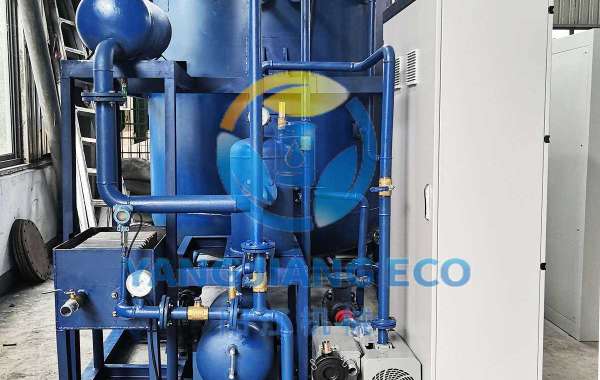What is Traceability in Lube Oil Blending?
Traceability refers to the ability to track and trace every component used in the blending process, from raw materials to the final product. This includes tracking the origin, batch number, chemical properties, and quality certifications of base oils and additives.
Effective traceability allows manufacturers to monitor the entire supply chain. Should an issue arise with a batch of lubricant, manufacturers can quickly pinpoint where the problem occurred—whether it's a specific ingredient or a step in the blending process. This reduces the risk of producing faulty or substandard products and provides crucial data for corrective actions. Traceability also supports compliance with industry standards and regulations, ensuring that products meet safety and environmental guidelines.
The Role of Quality Control
Quality control (QC) in lube oil blending involves continuous monitoring and testing to ensure that the final product meets stringent performance specifications. From the precise measurement of ingredients to regular batch testing, quality control is integral in maintaining consistency.
One of the primary aspects of QC is the careful selection of base oils and additives. Each batch of lube oil must undergo tests for viscosity, acidity, flash point, and other chemical properties to ensure the formulation meets the required specifications. Consistent testing throughout the blending process helps identify any deviations early, preventing defects from reaching the consumer.
Moreover, quality control also extends to the environmental factors involved in blending, such as temperature and humidity, which can influence the final product. Specialized equipment, like automated blending systems and in-line quality sensors, are often used to monitor and adjust these parameters in real-time.
Ensuring Consistency Across Batches
For manufacturers, the challenge is not only producing high-quality oil but also ensuring that every batch of lube oil is identical. Traceability and QC work hand in hand to achieve this goal. With the right systems in place, the blending process can be standardized, reducing human error and variations in the final product.
In conclusion, traceability and quality control are the backbone of reliable lube oil blending. They ensure that every batch meets rigorous standards for performance and safety, making them indispensable for manufacturers striving for excellence in every drop of lubricant produced. By investing in robust traceability systems and comprehensive quality control measures, companies can build trust with customers and remain competitive in the demanding lubricants market.














